Scroll down to see more posts, click on the green text for more information, and click on the photos to enlarge them.
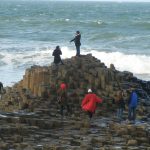
Since the Belfast Peace Agreement in 1998 and the mostly steady though sometimes faltering progress towards peace in Northern Ireland, outsiders have begun to discover the extraordinary beauty of the northern coast of the island. The so-called “Causeway Coast” stretches from Lough Foyle all the way to the town of Ballycastle, where it joins an equally stunning stretch called the Antrim Coast or the “Glens of Antrim” that reaches around to Belfast. With the wild North Atlantic all around, Scotland visible in the distance behind a veil of mist, and magnificent cliffs, glens, beaches, and rocky promontories galore, the views along this coastline will take your breath away in any season.
During our two-day sojourn in the North, we will spend a long afternoon and early evening–remember, the sun doesn’t set until 10 p.m.–exploring the Causeway Coast and its two most notable features, one natural and the other man made. 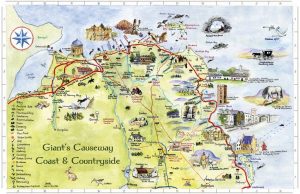
The Giant’s Causeway was formed 50 to 60 million years ago by volcanic eruption and consists of about 40,000 upright basalt columns, most of them hexagonal. These columns are of varying heights and are clustered along beaches and cliffs in extraordinary formations. When the surf is roaring in and the sunlight reflects off the sea turning the columns red and orange, it’s a magical place. No wonder it figures in myth and legend. The Giant’s Causeway was named a UNESCO World Heritage site in 1986 and is considered the “fourth natural wonder” of the United Kingdom.
Nearby Dunluce Castle perches dramatically on a cliff above the North Atlantic. A castle has been on this strategic site since the 1200s, and the current edifice includes remnants from past centuries. The castle was a center of power and intrigue for several important clans who vied for control of the area. Cair Paravel in C.S. Lewis’s Chronicles of Narnia was probably inspired by Dunluce (Lewis was a Belfast man). Recent excavations are adding to the history of Dunluce and its importance in Irish history.
I’ve just learned how to do slideshows on this site, and I couldn’t think of a better story to tell in photos than that of the Causeway Coast. Enjoy these photographs of the Giant’s Causeway, Dunluce Castle, and other sights along this route in many moods and weathers.

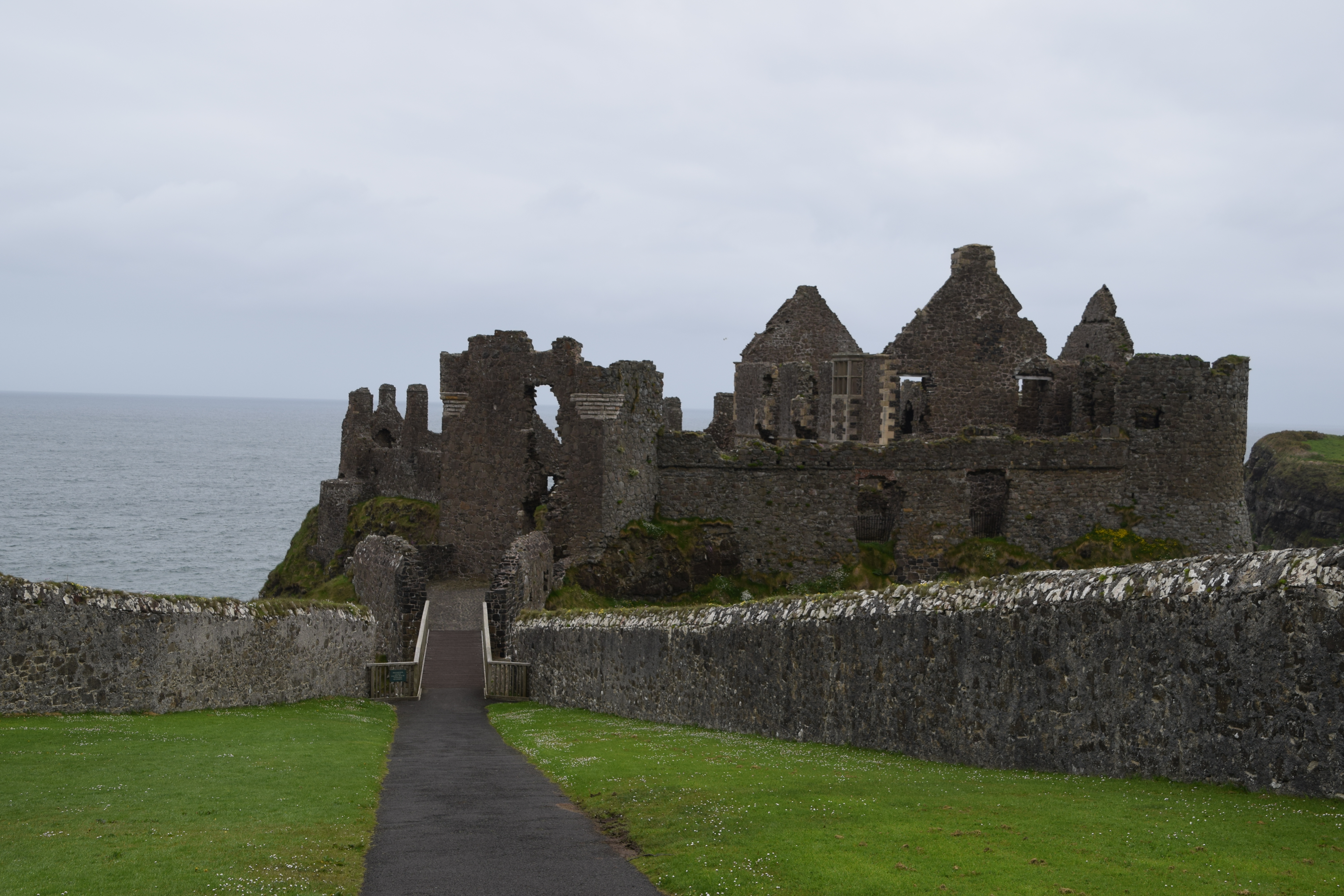
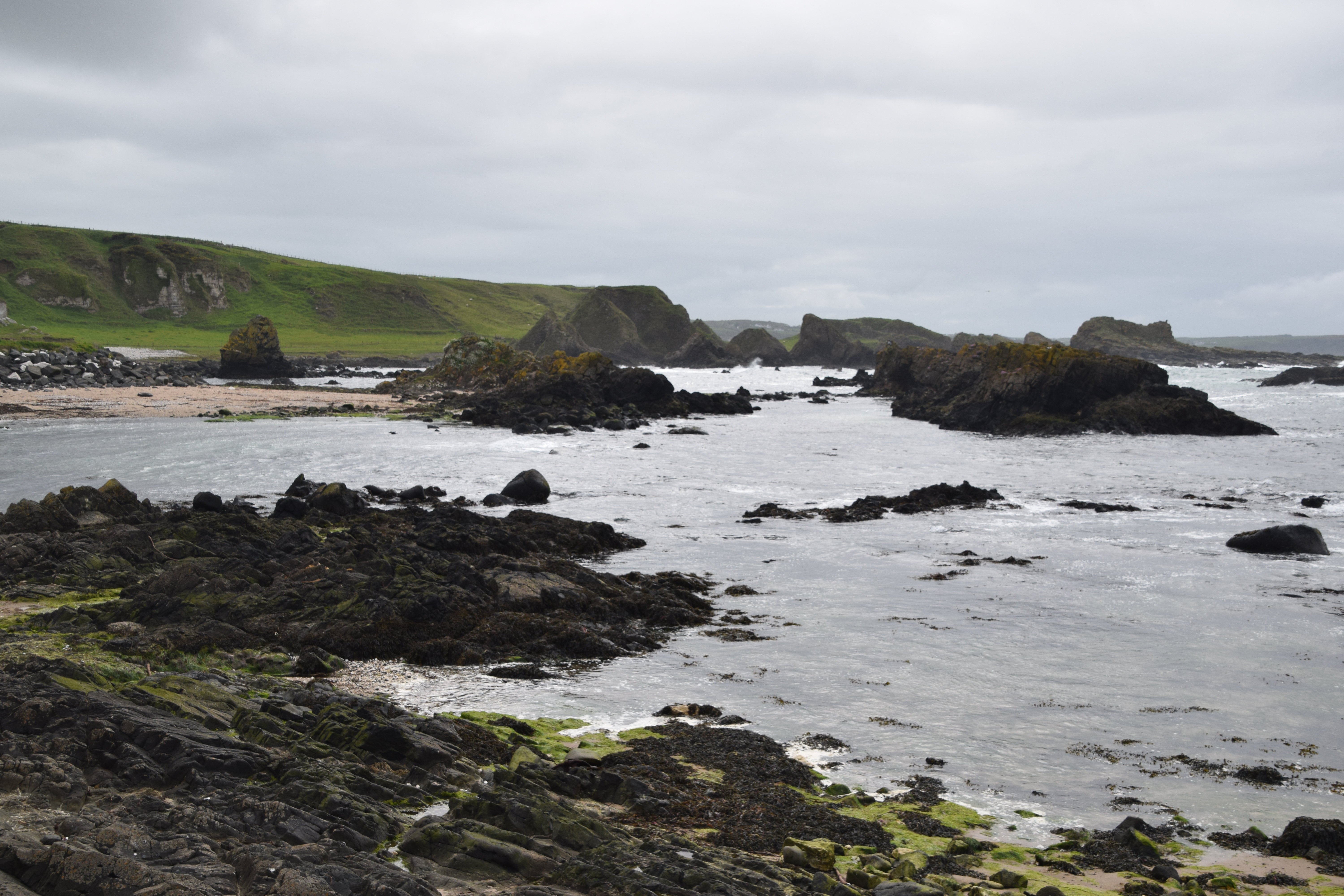
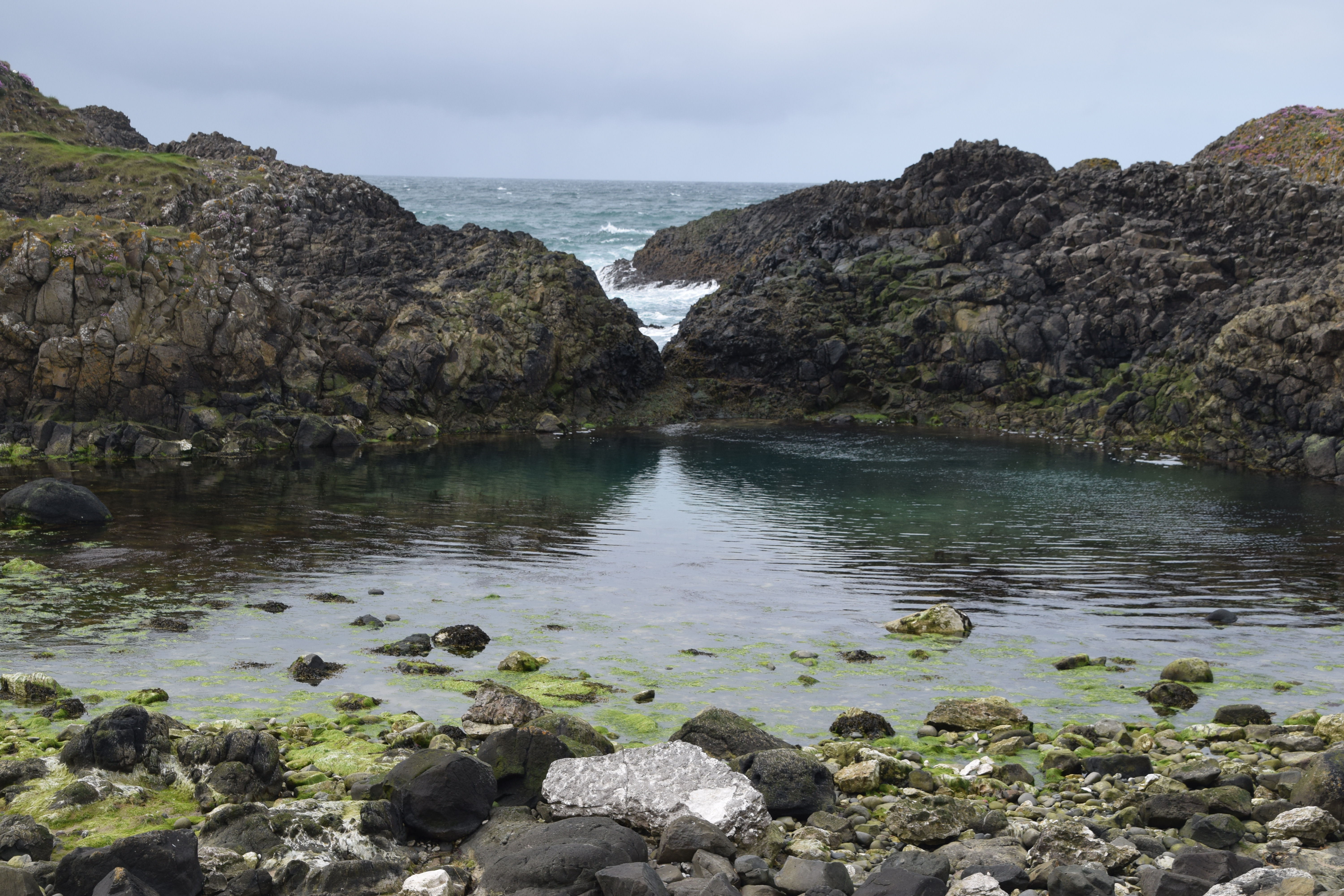
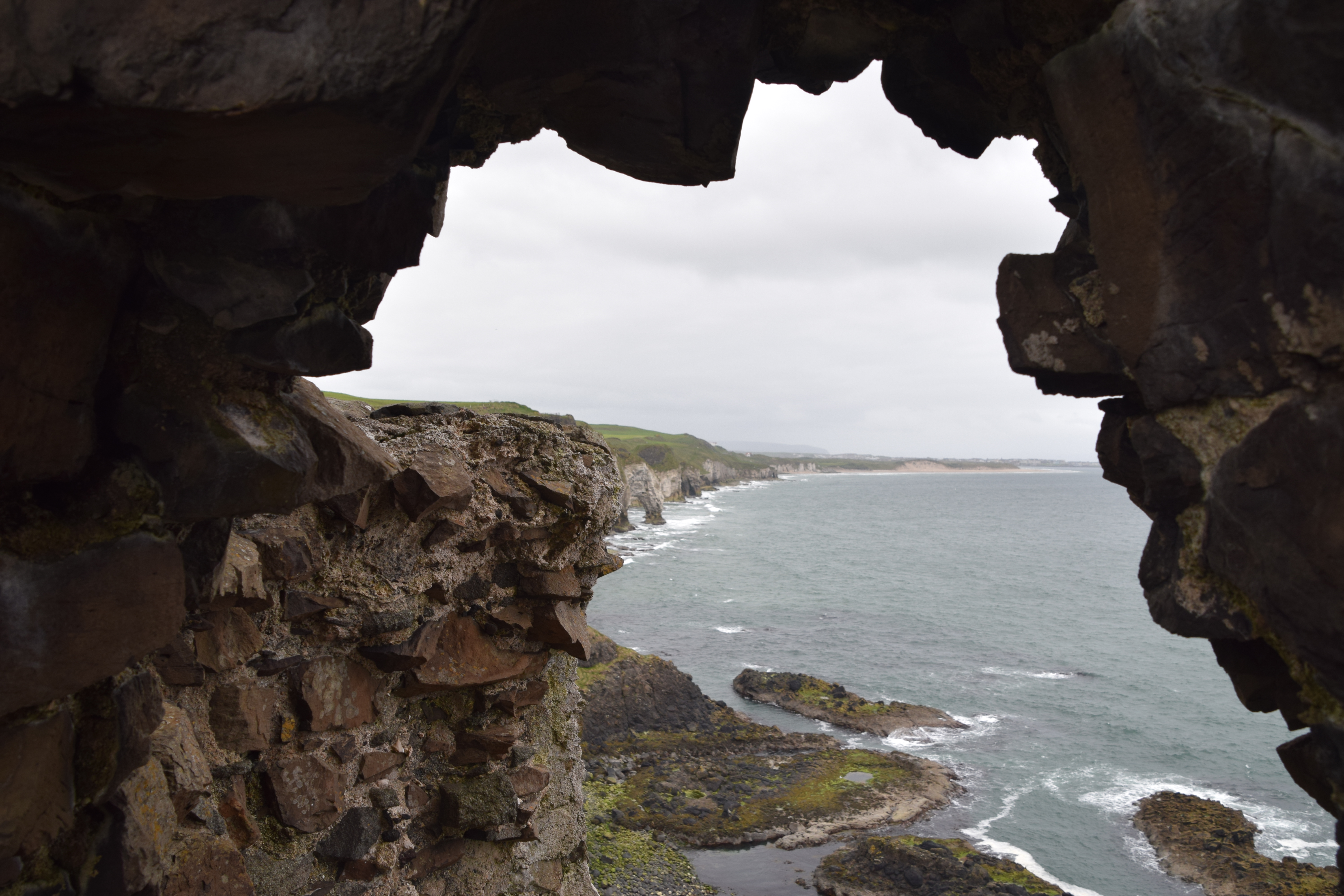
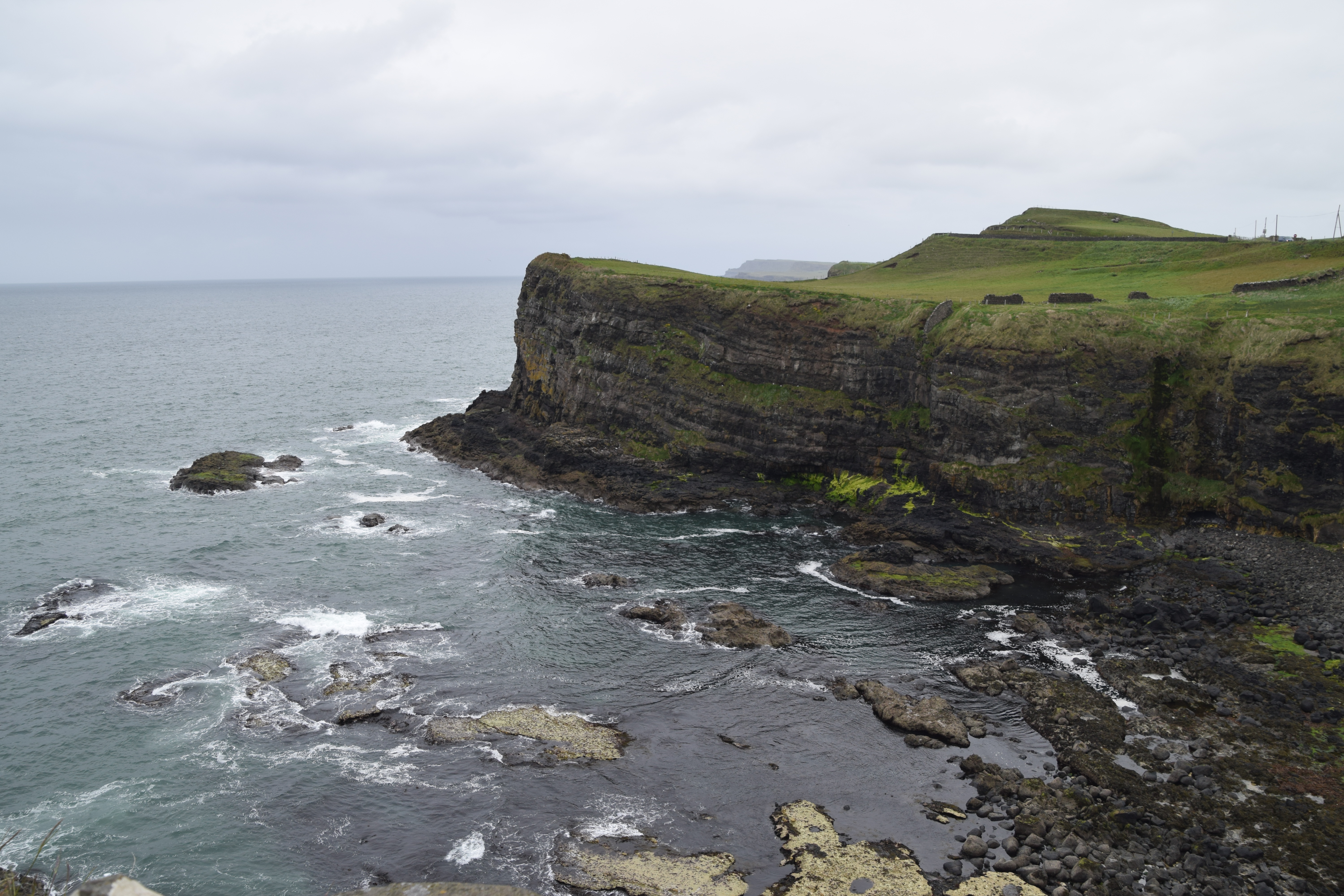













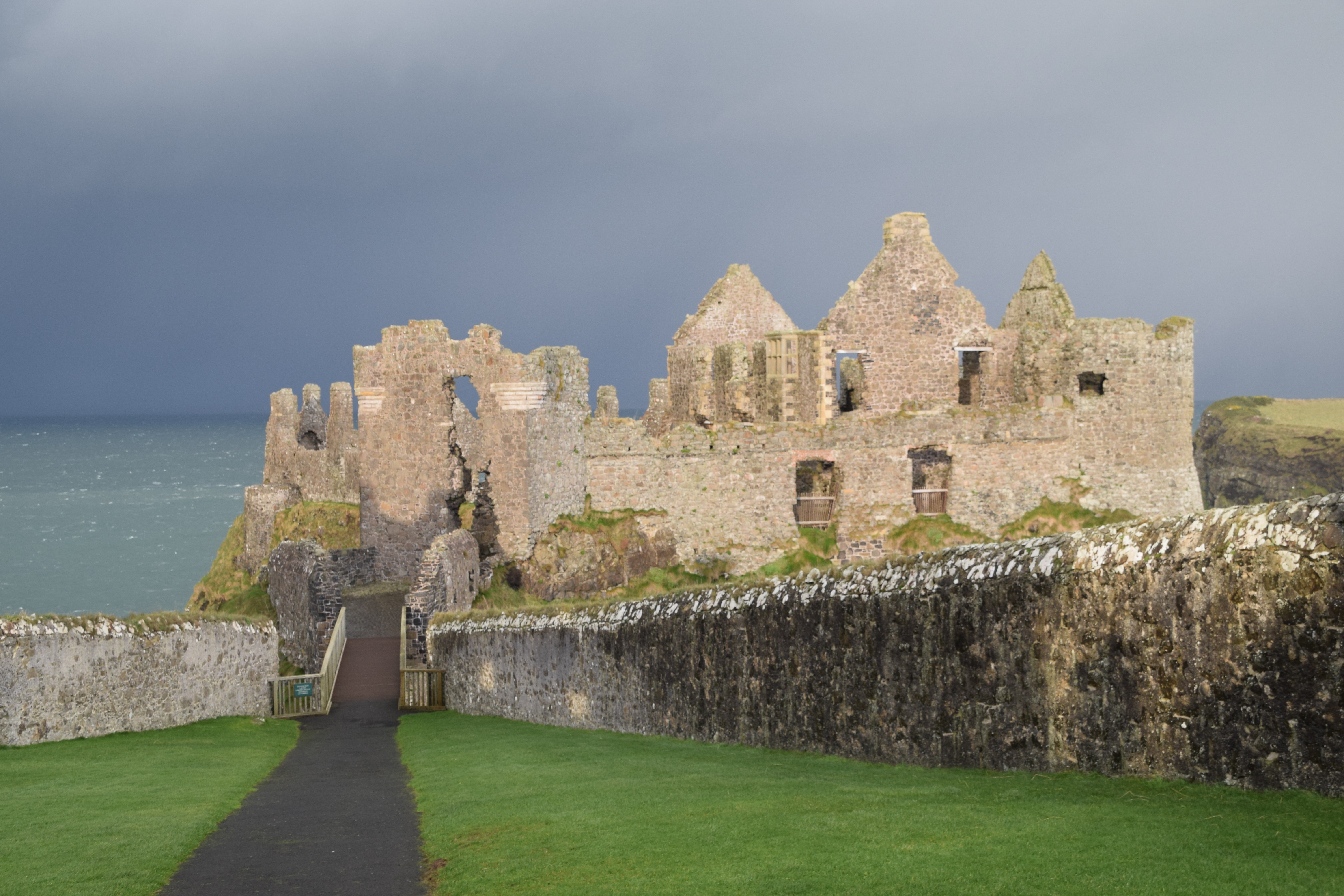
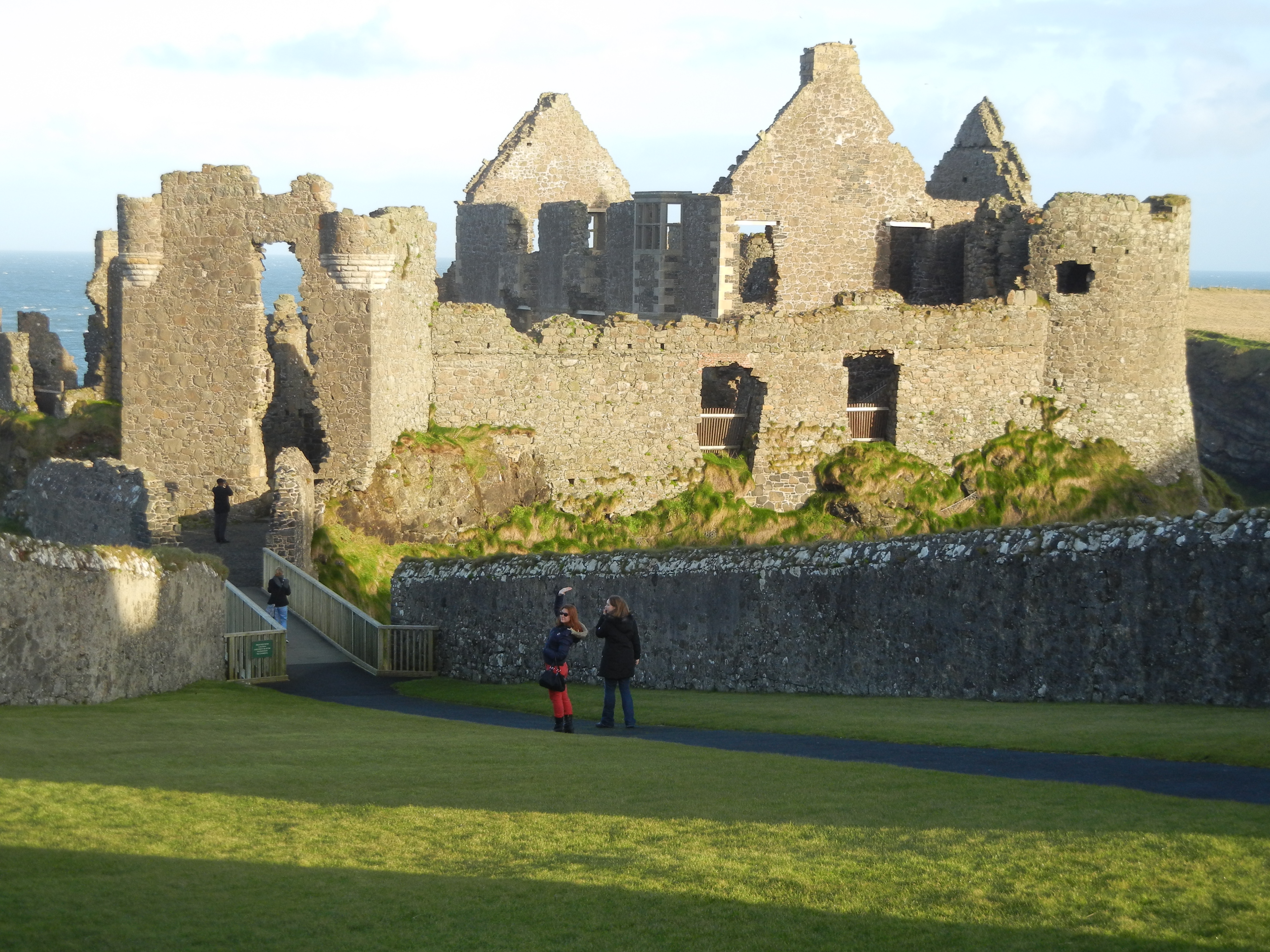
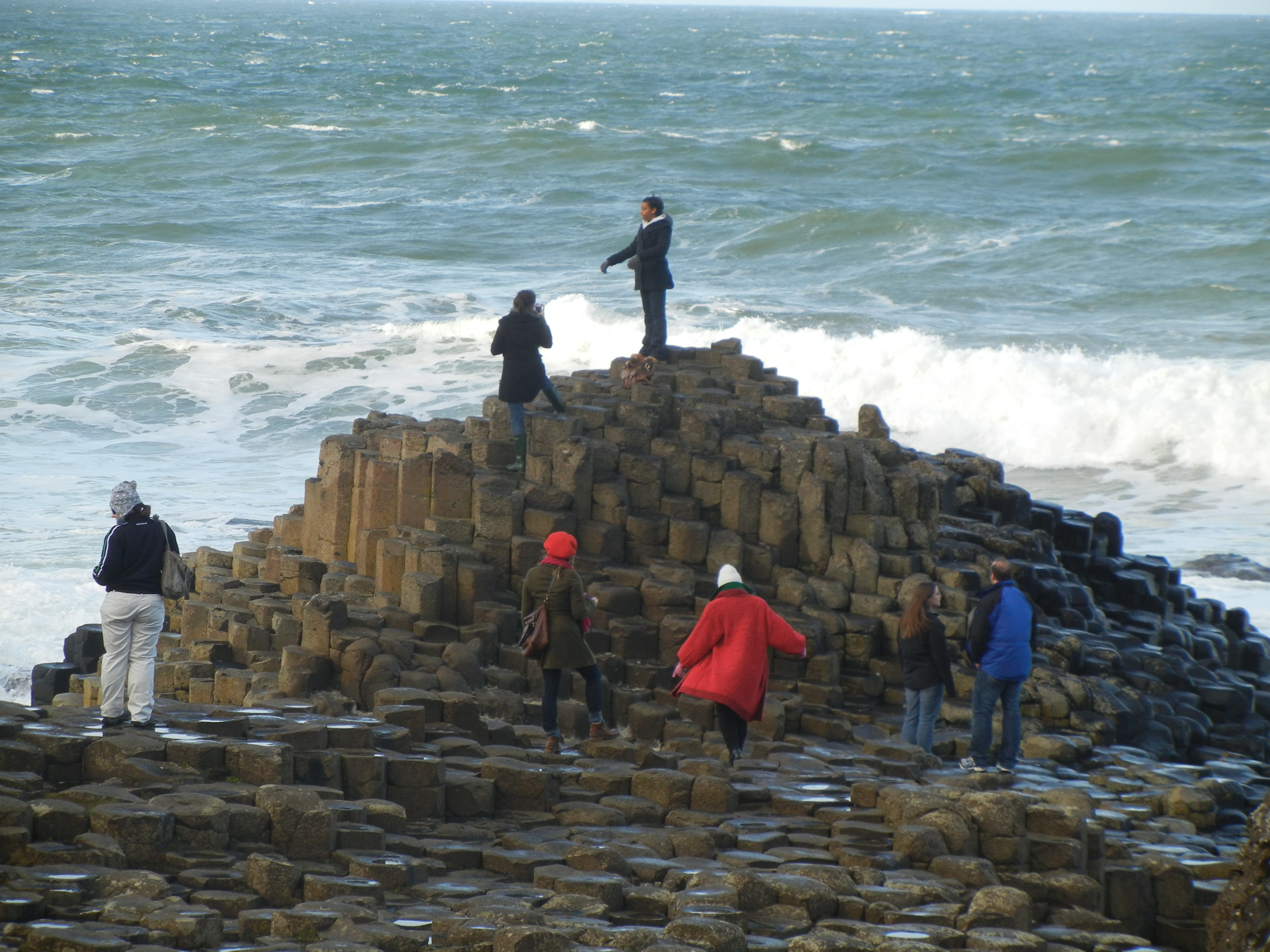



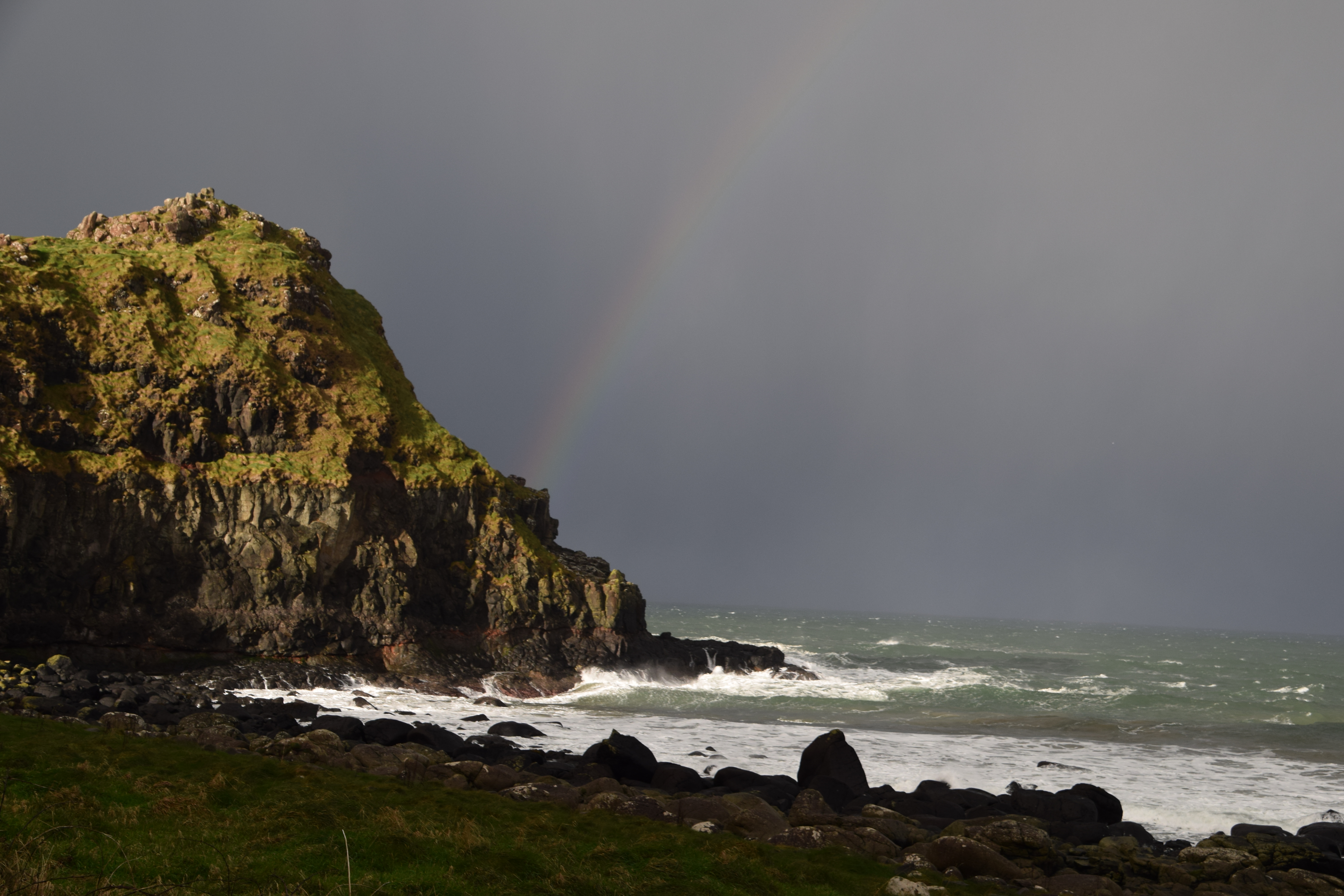

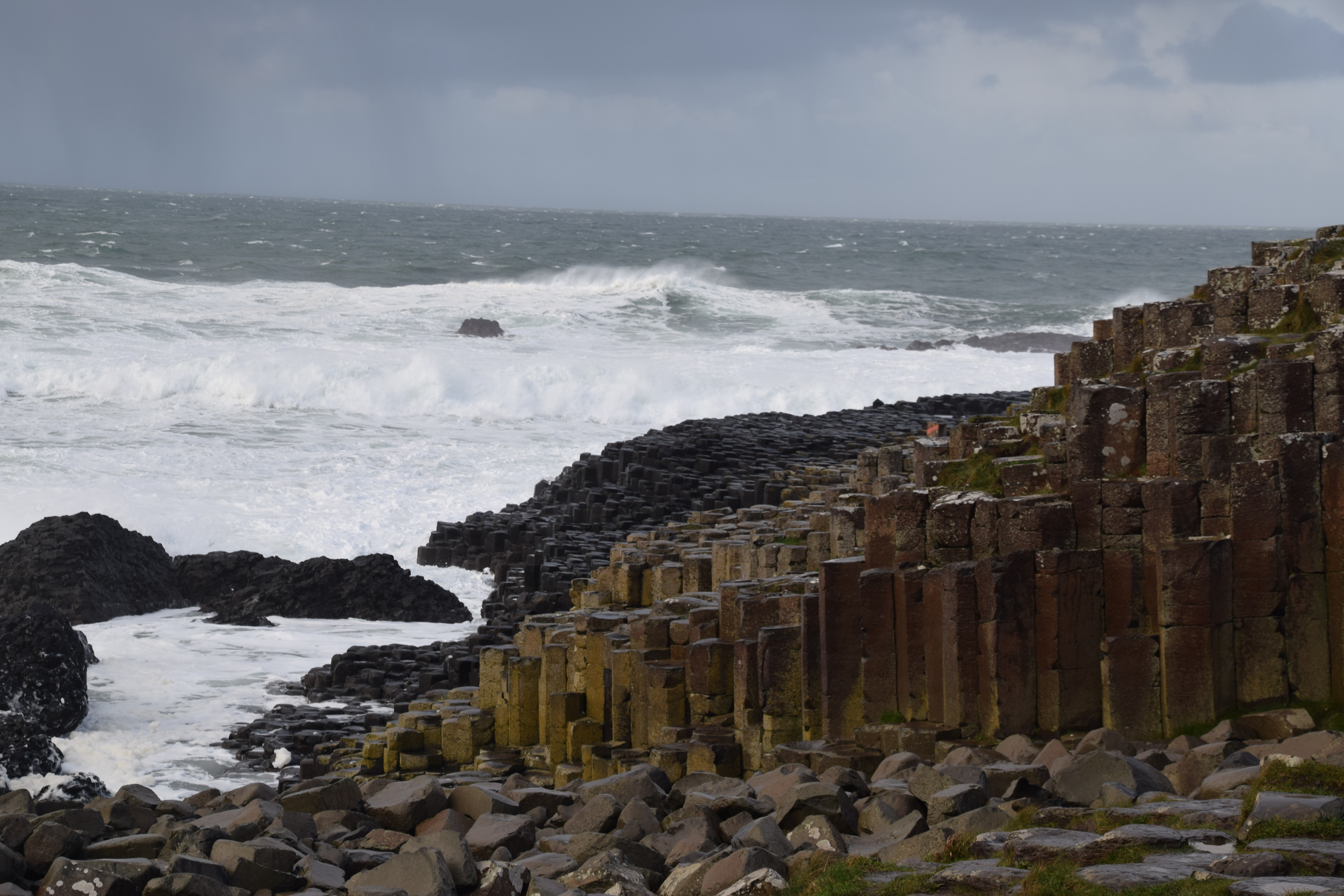
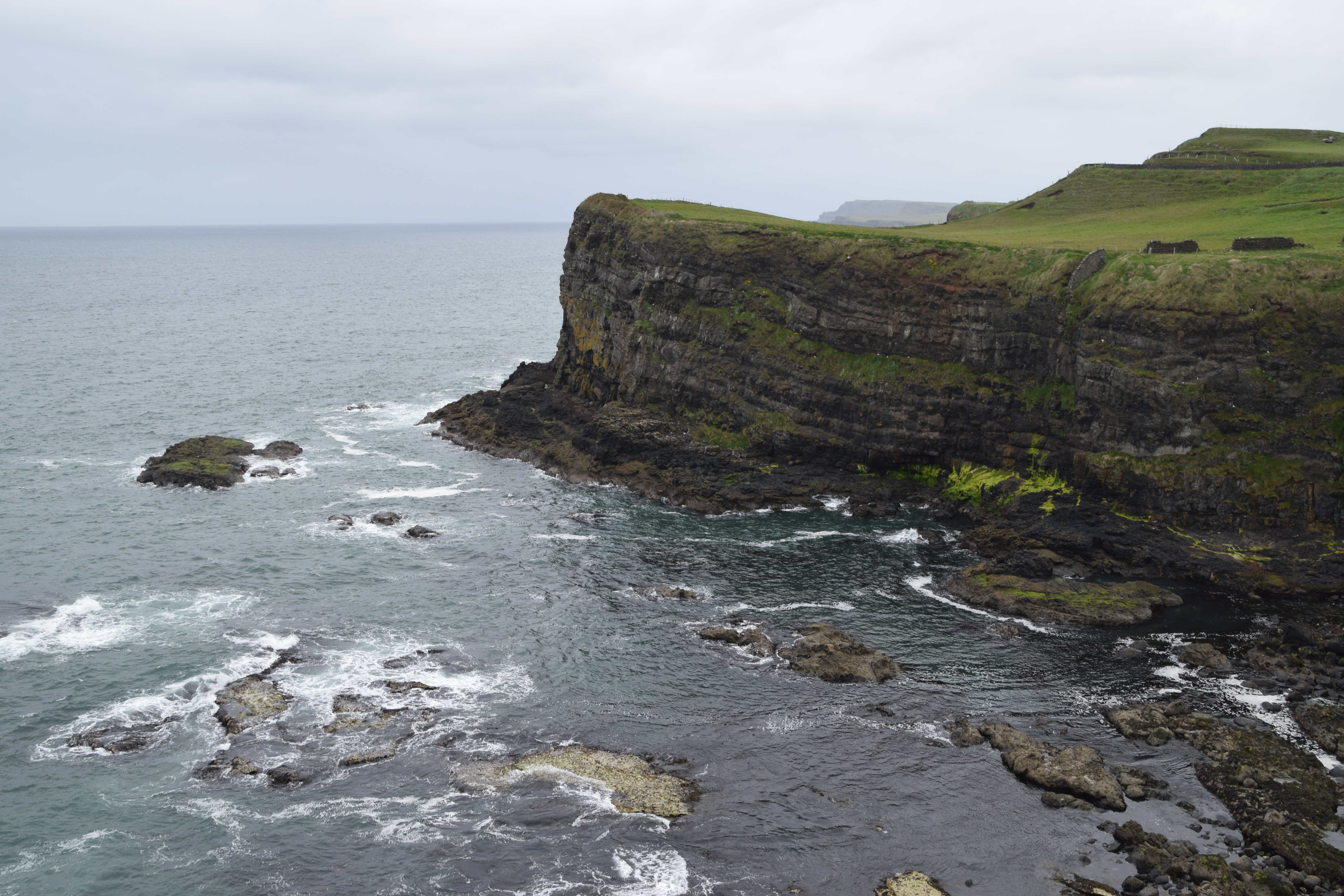
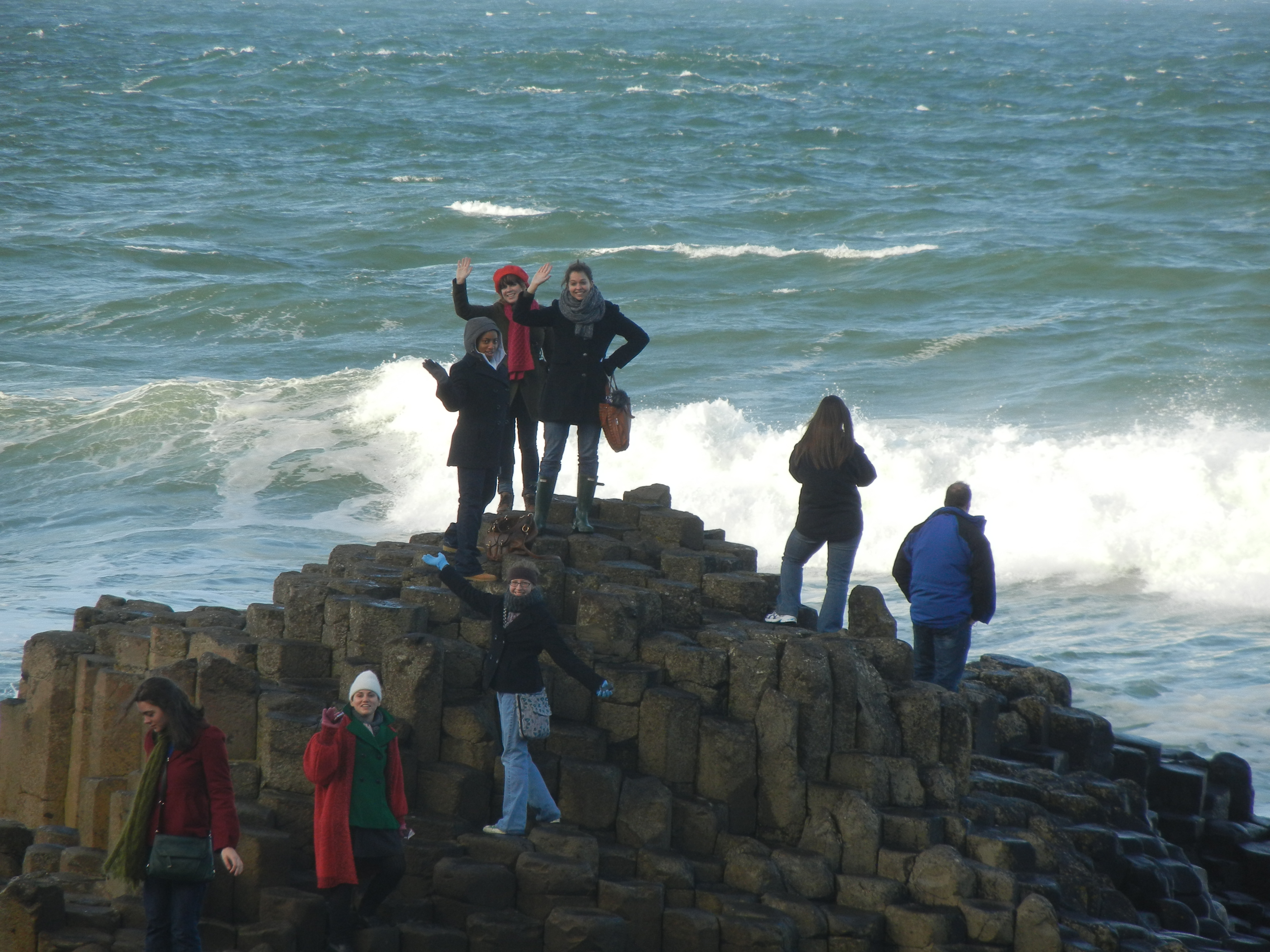
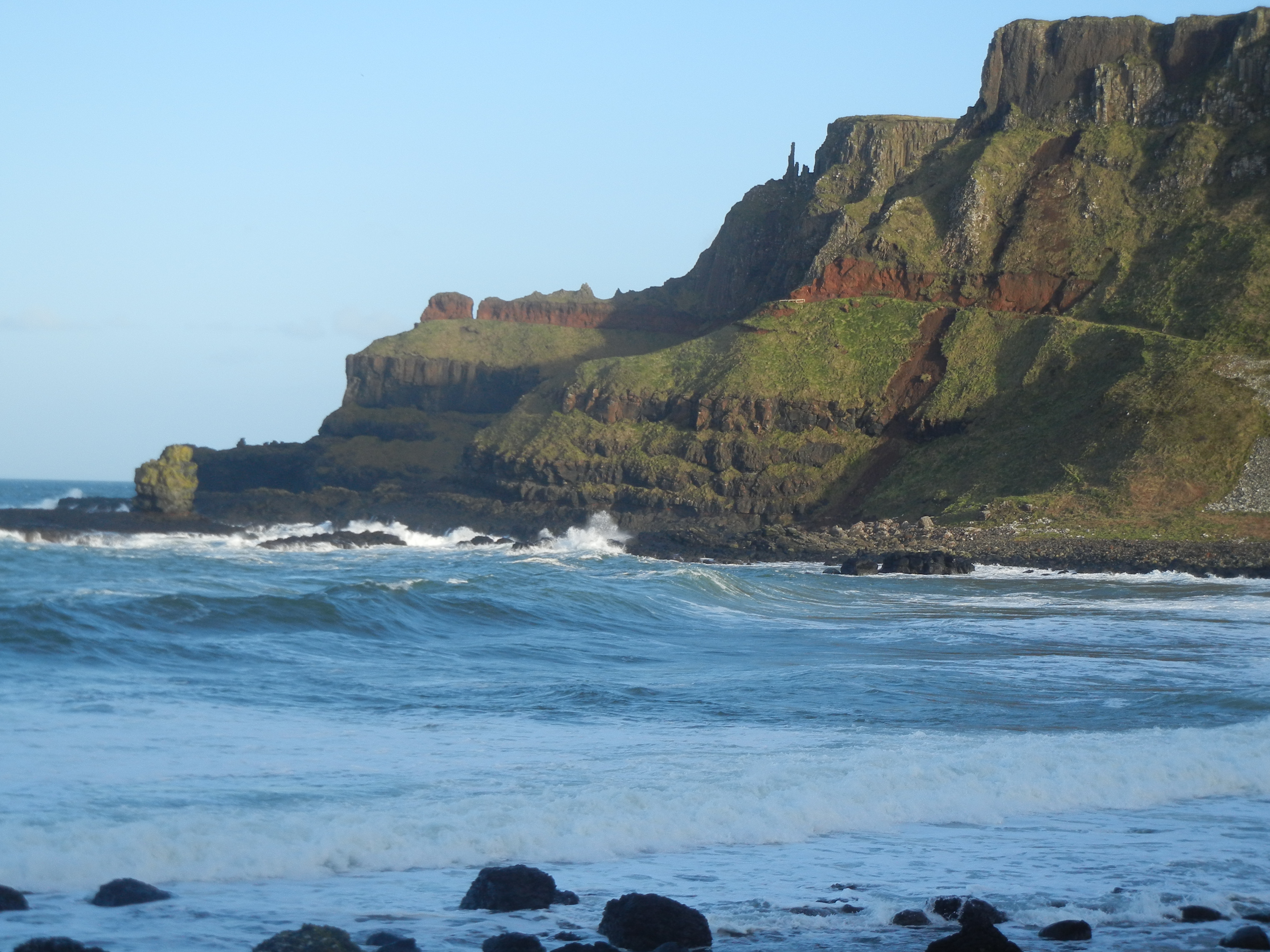
Ooo, I’m really excited to visit Giant’s Causeway and the Dunluce Castle. Such gorgeous places!
Thanks Gwen! You should see the Causeway in a storm!